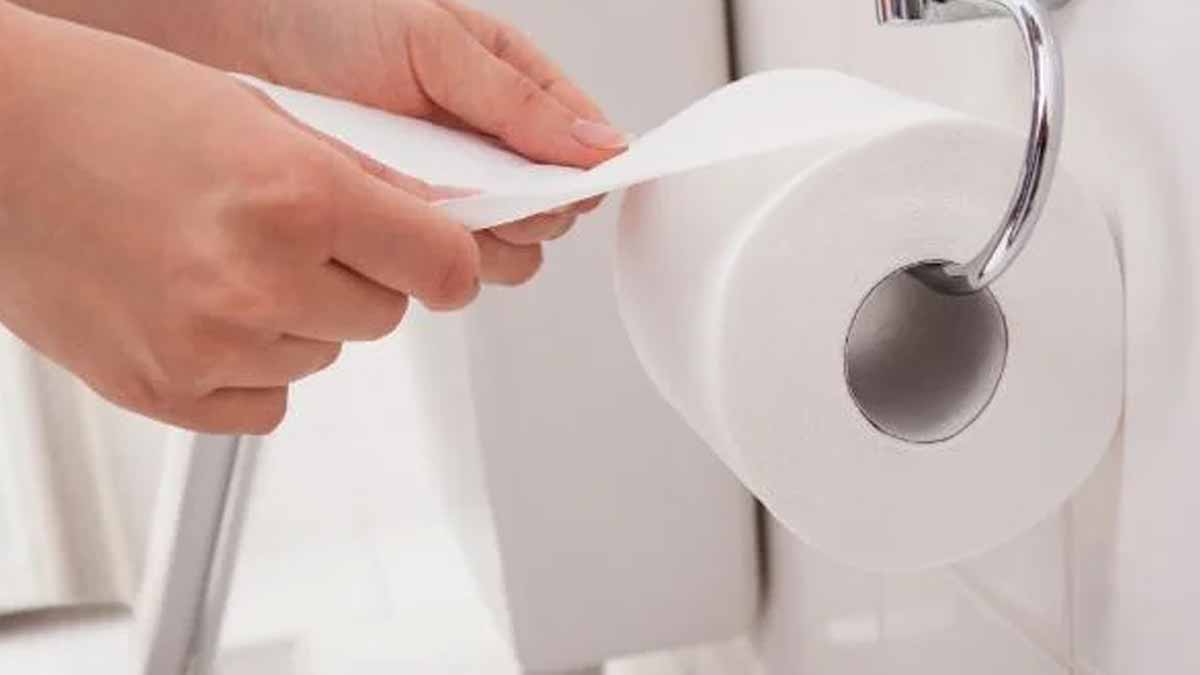Bathrooms are changing fast, and the shift feels personal. Across Europe, water-jet smart toilets are moving from curiosity to new normal, while old habits hold tight. Hygiene, comfort, and the planet now weigh more than routine, so comparisons finally matter. The story spans invention, engineering, and culture, which keeps it lively. From origins to real-world costs, everything points to a turning point, and toilet paper stands right at the center of the debate.
From invention to everyday habit: a quick timeline
Joseph C. Gayetty launched commercial bathroom sheets in 1857, in the United States, under Gayetty’s Medicated Paper. The sheets used Manila hemp and aloe, and the product was sold as relief for hemorrhoids. That medical promise helped legitimize a new hygiene step, which soon spread because it felt modern and practical.
The roll format appeared between 1870 and 1890, then became the standard at home. Perforated sheets on a spindle simplified storage and dispensing, which made the habit stick. It entered millions of households because it was simple, compact, and easy to share, which turned a niche product into a routine.
Tradition still shapes behavior, and people protect what feels normal. Yet habits evolve when better outcomes are obvious, which is why new systems gain ground. Today, toilet paper signals convenience more than proof, while evidence about cleanliness and sustainability pushes users to ask new questions before each purchase.
What toilet paper gets right—and where it falls short
Fans point first to cost, since the roll is cheap and widely available. People also like that it needs no special plumbing or power, which reduces barriers to use. Travel, camping, and quick cleanups stay easy because a roll works anywhere and fits in a bag without fuss.
The downsides show up on skin and pipes. Dry wiping does not always clean deeply, and sensitive skin often reacts. Manufacturing and disposal consume trees and water, which strains forests and utilities; waste streams also grow. The impact feels tangible as households measure resources, and communities track landfill and treatment loads.
Pipes can clog when sheets mingle with non-biodegradable wipes, which aggravates sewer maintenance and homeowner bills. Some households even use it as a quick mosquito fix, which adds to waste without much gain. People appreciate convenience; yet toilet paper also creates hidden costs that show up later in irritation, backups, and municipal fees.
How washlets work and why engineers swear by them
Smart toilets deliver precise water jets for intimate cleaning, while controls adjust temperature and pressure. Warm-air drying reduces friction, which helps sensitive skin. Many seats warm up automatically, and lids open or close on their own, which adds comfort and keeps hands off surfaces most of the time.
Clinical signals support what users report. A 2022 paper in the Journal of Water, Sanitation and Hygiene for Development found water-jet cleaning reduced bacteria and microorganisms compared with toilet paper alone. The mechanism makes sense because water removes residue instead of smearing it, which lowers microbial load and the risk of lingering odor.
Comfort compounds the hygiene benefit. Gentle washing soothes irritation because there is less rubbing, and warm air finishes the job with minimal contact. Families notice fewer rashes, which matters for kids and elders. Quiet motors and easy dials help daily routines, so people keep using the feature, which reinforces the cleaner habit.
Why Europe is rethinking toilet paper in homes and hotels
Japan embraced washlets decades ago, so the blueprint already exists. Travelers experienced the system abroad, then asked for the same comfort at home, which spread the idea naturally. Word of mouth now joins product design, because people share results, not just specs, and the case for change grows stronger.
Top venues led the way. Luxury properties such as the Mayfair Hotel in London and the Park Hyatt Paris-Vendôme installed smart models, then airports and restaurants followed. Households now buy compact seats or integrated bowls, which widens access. Users compare the clean feel to toilet paper, then switch, because the difference is obvious after one week.
Sustainability adds momentum as cities talk savings and waste. Water use changes, yet paper mills demand trees and processing, which costs energy. Households that monitor bills see trade-offs they can manage, because smart seats draw modest power. Combine hygiene with comfort, then add planetary gains, and the European case keeps getting stronger.
Costs, culture, and the slow road to mass adoption
Price slows the curve; mainstream seats still range from $1,200 to $7,000, which stretches budgets. Families weigh upfront cost against long-term paper spend and comfort, which reframes value. Entry models and promos help, and households plan upgrades during renovations, which makes the decision easier when walls are already open.
Installation needs a nearby electrical outlet. Older bathrooms may lack power close to the bowl, which adds work for an electrician. Simple retrofits run clean conduit along tile, which avoids major demolition. Owners in rentals ask for permission, while homeowners schedule it with other upgrades, which spreads cost and keeps projects tidy.
Culture changes last. People resist abandoning familiar rolls, so many keep a small supply for guests. Homes often run hybrid for months, which lets everyone adjust at their own pace. Families then cut routine purchases of toilet paper, because daily washing becomes default, and one final roll sits untouched longer than expected.
A practical pivot that favors skin, comfort, and cleaner plumbing
Change rarely happens overnight, yet a better clean turns into habit once the benefits stack up. Smart seats bring precision, warmth, and less friction, while toilet paper stays as backup for travel and emergencies. With evidence on hygiene, clear comfort gains, and growing European access, the old routine finally meets its worthy rival.
